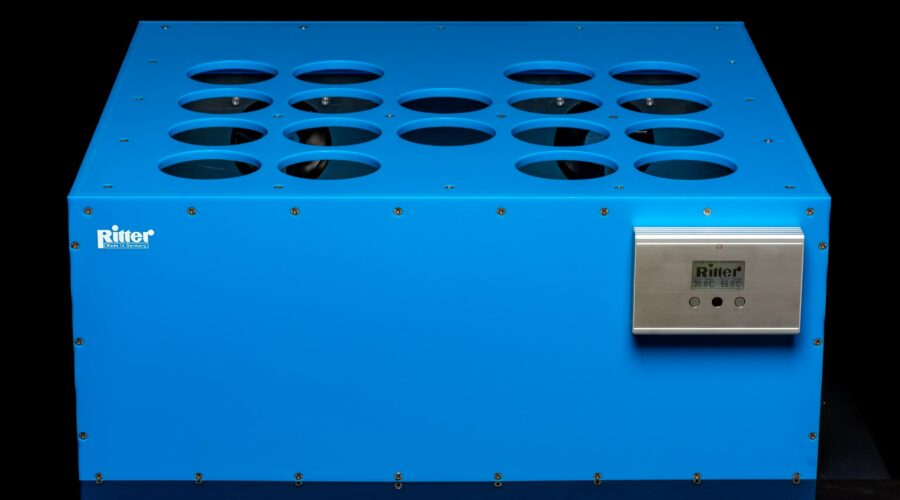The “Energiewende”, the transition to cleaner energy in Europe, is becoming a farce. The EEG Reallocation Charge, already extremely complex, is about to be restructured yet again. Compensation paid to operators of wind and solar parks and biogas facilities is set for years to come, independent of the Reallocation Charge; nevertheless—and despite falling facility prices—operators are under increasing pressure to manage facilities more efficiently as a result of the rising cost of raw materials. To increase efficiency, operators will continue to demand the most exact measurement performance possible from their R&D departments.
Dr. Joachim Ritter found further confirmation of this trend at the 2013 Biogas Expo and Congress in Offenburg. This year again, Dr. RITTER presented a wide range of products on behalf of his company, RITTER Apparatebau GmBH & Co. KG [RITTER Apparatus Manufacturing Co., Ltd.], world leader in high-precision gas meters for research and development. Attracting great interest at the Expo were the MilliGascounter and the Biogas Batch Fermentation System, with its automatic measurement data capture that offers scientists a coherent system for experiments. Many experts were unfamiliar with the advantages of direct volumetric measurement* with RITTER gas meters.
From the very first day of the trade show, the media also showed heightened interest in the RITTER company’s booth. “We simulate what goes on in a biogas facility,” explained Managing Director Joachim Ritter, “and offer the very best quality service to research and development departments through our extensive international sales and distribution network. Our years of experience and excellent know-how are highly valued in the biogas sector.” Reports on the opening day were carried on the South Baden channel TV-Südbaden and in the Badische Zeitung [Baden News] on October 24, 2013.
*Direct volumetric measurement of gas volume is the only method that requires no calibration factors for different gases or gas mixtures. It stands in contrast to indirect measuring methods such as hot-wire resistance (heat capacity), differential pressure, and turbine meters, which require calibration factors; such measuring devices can be calibrated only by using certain gases as standards. To correct for the difference between the calibrating gas and the gas or gas mixture being measured, correction factors are needed to describe the real state of the gas, such as its density, temperature, pressure, moisture content, viscosity, and heat capacity.





